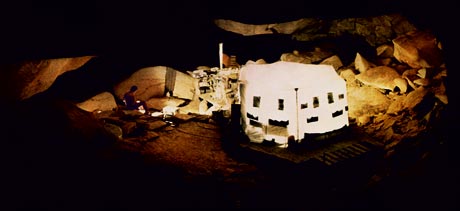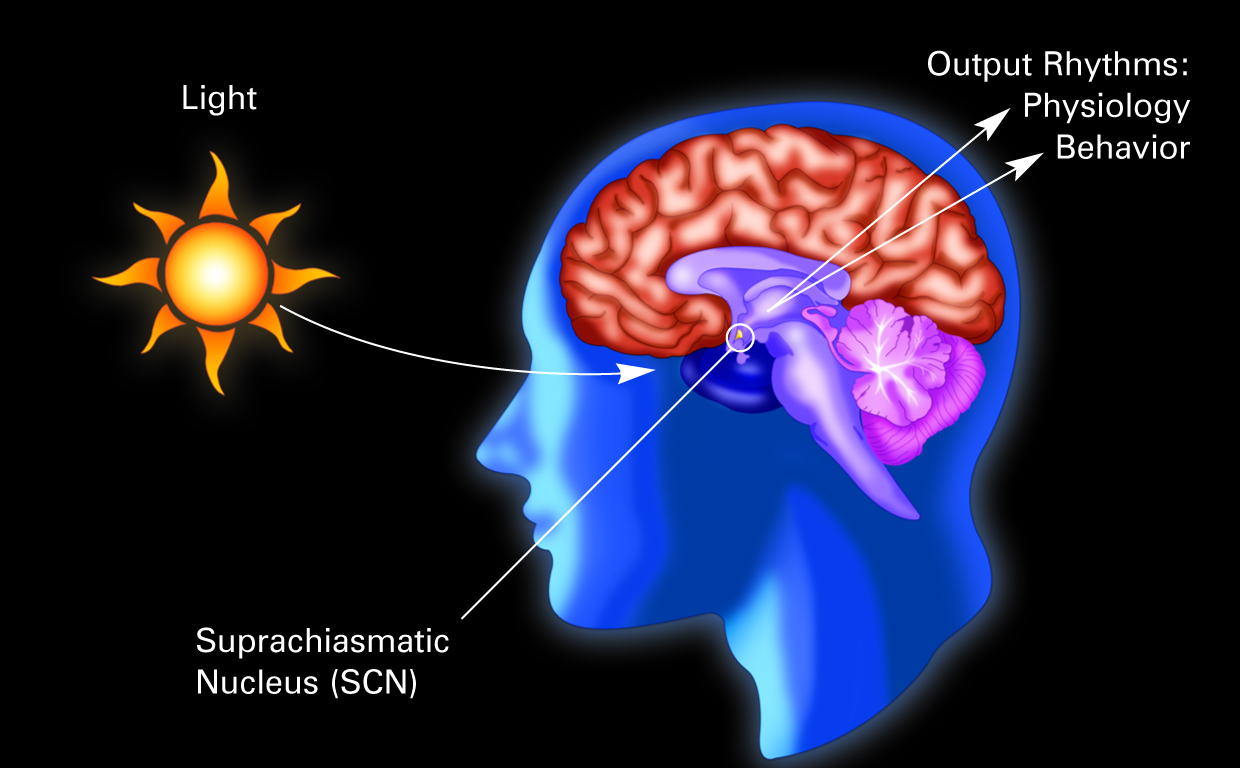2012 study
Joshua J. Gooley,1,2,3 Ivan Ho Mien,4 Melissa A. St. Hilaire,2,3 Sing-Chen Yeo,5 Eric Chern-Pin Chua,1 Eliza van Reen,2,3 Catherine J. Hanley,2 Joseph T. Hull,2,3 Charles A. Czeisler,2,3 and Steven W. Lockley2,3
1 Program in Neuroscience and Behavioral Disorders, Duke–National University of Singapore Graduate Medical School Singapore, Singapore 169857,
2 Division of Sleep Medicine, Department of Medicine, Brigham and Women’s Hospital, and 3 Division of Sleep Medicine, Department of Medicine, Harvard Medical School, Boston, Massachusetts 02115, 4 Graduate School for Integrative Sciences and Engineering, National University of Singapore, Singapore 117456, and 5 National Neuroscience Institute, Singapore 308433
In mammals, the pupillary light reflex is mediated by intrinsically photosensitive melanopsin-containing retinal ganglion cells that also
receive input from rod– cone photoreceptors. To assess the relative contribution of melanopsin and rod– cone photoreceptors to the
pupillary light reflex in humans, we compared pupillary light responses in normally sighted individuals (n � 24) with a blind individual
lacking rod– cone function. Here, we show that visual photoreceptors are required for normal pupillary responses to continuous light
exposure at low irradiance levels, and for sustained pupillary constriction during exposure to light in the long-wavelength portion of the
visual spectrum. Inthe absence of rod– conefunction, pupillomotor responses are slow and sustained, and cannottrackintermittent light
stimuli, suggesting that rods/cones are required for encoding fast modulations in light intensity. In sighted individuals, pupillary
constriction decreased monotonically for at least 30 min during exposureto continuous low-irradiance light, indicatingthat steady-state
pupillary responses are an order of magnitude slower than previously reported. Exposure to low-irradiance intermittent green light (543
nm; 0.1– 4 Hz)for 30 min, which was givento activate cone photoreceptors repeatedly, elicited sustained pupillary constriction responses
that were more than twice as great compared with exposure to continuous green light. Our findings demonstrate nonredundant roles for
rod– cone photoreceptors and melanopsin in mediating pupillary responses to continuous light. Moreover, our results suggest that it
might be possible to enhance nonvisual light responses to low-irradiance exposures by using intermittent light to activate cone photoreceptors
repeatedly in humans.
Whole study here

